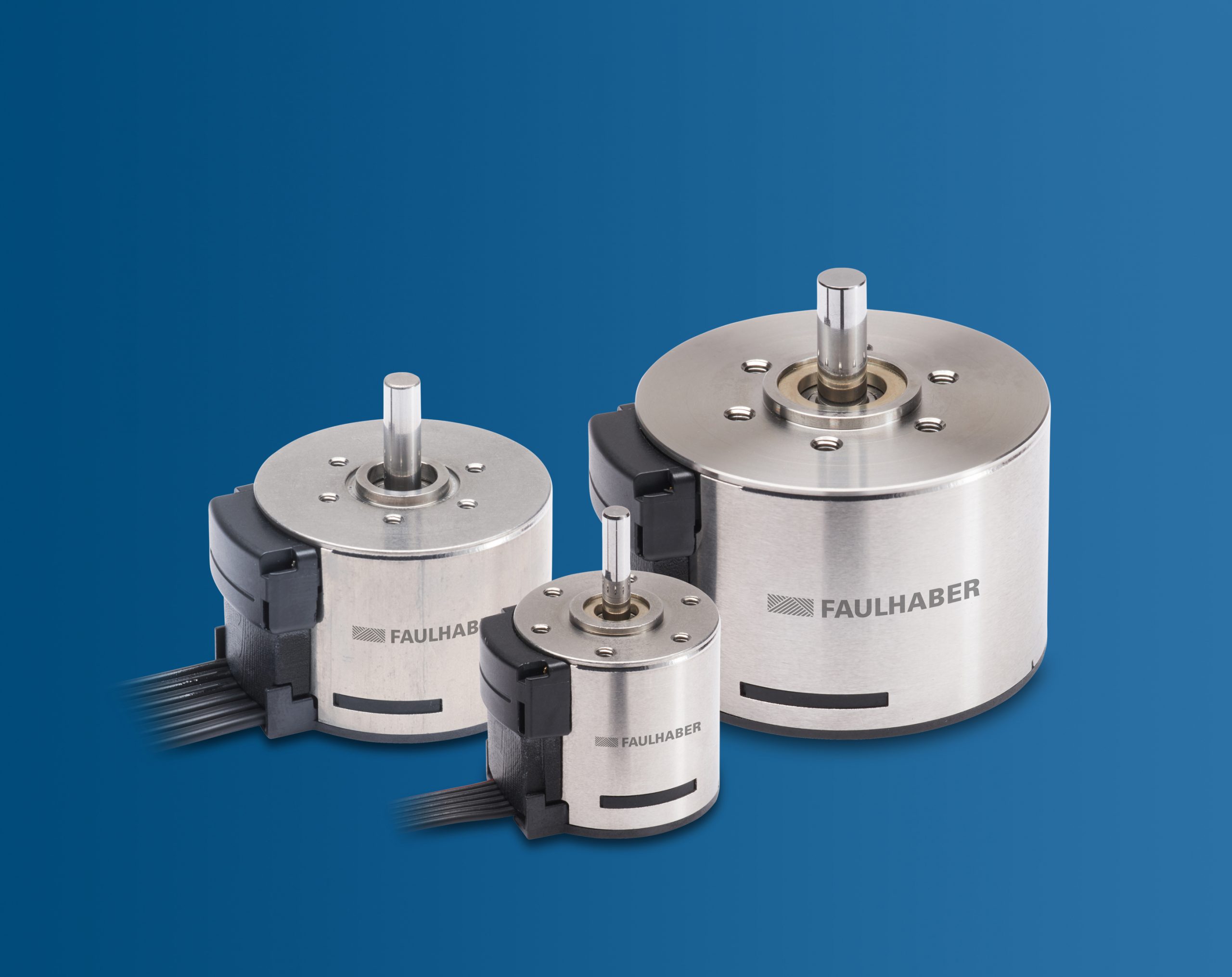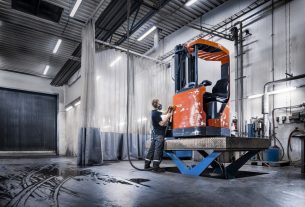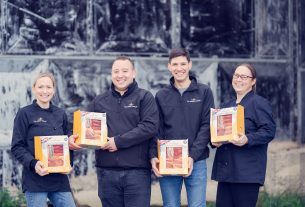The World Economic Forum (WEF) has set up the Global Lighthouse Network — a group of 44 factories that form a shining example of superior technology integration and optimised processes. With the fourth industrial revolution well underway, facilities other than Lighthouse factories must also invest in equipment that can bring them up to speed. Here, Stewart Goulding, managing director at precision drive system supplier, Electro Mechanical Systems Ltd, explores how powerful and high precision micromotors can advance automated equipment.
The saturated retail market means competition is high and retailers must meet a variety of customer demands to stay ahead. Consumers have become accustomed to frequent product launches and rapid turnover of complex products, driving the need for manufacturing speed and agility. A culture of click and collect and next day delivery means retailers must be able to get high volumes of products from factory to customer — and fast.
A study by WEF found that over 70 per cent of businesses investing in technologies associated with Industry 4.0 are not able to take projects beyond the pilot phase. However, taking the necessary steps towards automation doesn’t have to involve hefty investment and colossal upfront costs. Upgrading automated equipment with precise and high torque motors provides an efficient way to enhance production lines and warehouse operations.
Assembly machines
The consumer electronics industry is driven by new releases — take the superfans who queued overnight for the eleventh series of Apple’s iPhone. To keep producing electronic products, it’s important that manufacturers can turn around new designs quickly and in their masses.
Printed circuit boards are prevalent in everyday electrical and electronic products, such as phones, computers, digital clocks and microwaves. Most mass-market electronics are manufactured using printed circuit board (PCB) assembly machines.
Small conducting components are collected from the supply module by the placement head, which transports them to the assembly position where they are attached to the PCB. The speed at which this can be done determines how quickly the products can be produced.
It’s therefore important that the assembly machines are powered by high torque motors that can speed up the picking and placing process. The ability to finely control the speed of the motors is also important, as accurate movement of the placement head is crucial to achieving a high-quality product with precisely placed PCB components.
Yarn winding machines
The textiles industry is also home to rapid pace and quick turnaround. Originating in Ireland, Primark’s stock flies off the shelves, with one warehouse covering 1.1 million square feet and holding 13 miles of clothing aisles. To keep up with demand, many clothing retailers must follow a constant stream of design, produce and deliver processes.
For the clothes to quickly be produced, manufacturers must be supplied with the relevant material in time. The textile industry winds millions of miles of yarns to produce enough material to meet clothing demand. Textile winding machines will wind and unwind yarns multiple times during processing.
Motors are responsible for the guide eyelets that move the yarn back and forth between the two ends of the reel. As such, it’s important for the motors used to have low inertia to allow quick changes in direction at high speed.
Belt conveyors
Conveyor belts are integral in automated manufacturing facilities to transport large volumes of products around the factory, such as from the production line to the packaging line.
And it’s not just about getting products from A to B. Conveyors have even come to offer other benefits, such as backlit conveyors used in quality control. Facility managers can programme inspection robots to determine whether a product is a pass or fail based on criteria such as visible dents and scratches. Illuminating the product from behind makes it easier to separate and distinguish it from the background, increasing checking speed and accuracy.
It’s important that the micromotors used to power the conveyer have high torque to quickly transport products of all shapes and sizes. Making sure the speed of the motors can be finely controlled and synchronised by using an integrated speed controller ensures the conveyer runs smoothly. Escapee products can lead to loss, damage and system jams that can disrupt the entire production line.
Warehouse data transmission
Warehouse logistics involve the organisation, movement and management of stored products before they are sent out for delivery. Digitalisation helps keep a record of essential logistic details, such as a product’s location in the warehouse and the time it arrived to be stored. This data can be transferred between equipment to coordinate processes and be sent to warehouse managers and operatives to monitor procedures.
Large volumes of data can be transmitted using fibre optic cables, which transport the information, such as online order contents and product location, by light signals. For data to transmit correctly without impairment, two optical fibres, each as thin as a human hair, must be joined together with superior precision.
Connection of the fibres can be performed using small mobile machines, which align the two pieces and then weld them together. High precision motors allow the machine to perform with placement accuracy to the nanometre.
Picking, transporting and placing robots
As well as a seamless data record, digitalisation has allowed warehouses to become automated, such as the Ocado hive-grid warehouse, which uses robots for all middle processes with human workers only required for loading and unloading deliveries.
An increasing number of warehouse tasks are being enhanced by automated equipment, but robots are mainly used for picking, transporting and placing. Driverless transport systems allow automated machines to digitally receive details of an order and then move to the relevant warehouse location to retrieve it. They use robotic gripper arms to lift the relevant products out of the target rack, and then transport and deposit them to the order packing space.
Using a high power motor allows quick movements of the robots when they are traversing between racks. Fine speed control of the motor ensures agile movements for picking the correct products and placing them in the right place. Warehouses can process thousands of orders a day, so speed combined with high accuracy is crucial to delivering orders quickly and correctly.
EMS Ltd is the sole UK and Ireland supplier of FAULHABER motors, which offer a superior combination of high torque and precision, while being compact enough to fit in machines with small space envelopes. In particular, the BXT H motor range can produce torque levels up to 92 milli newton-meters (mNm), and a continuous output of up to 60 watts (W). When combined with the complementary integrated speed controller, which only adds on 6.2 millimetres (mm) in length, mechanical speed can be controlled from 200–10,000 min-1.
The global Lighthouse network shares insight into how automation can increase productivity, but facility managers are now looking for ways to enhance their automated processes. Choosing precise, high torque motors increases the speed and accuracy of automated machinery, which helps bring products quickly from factory floor to customer door.




